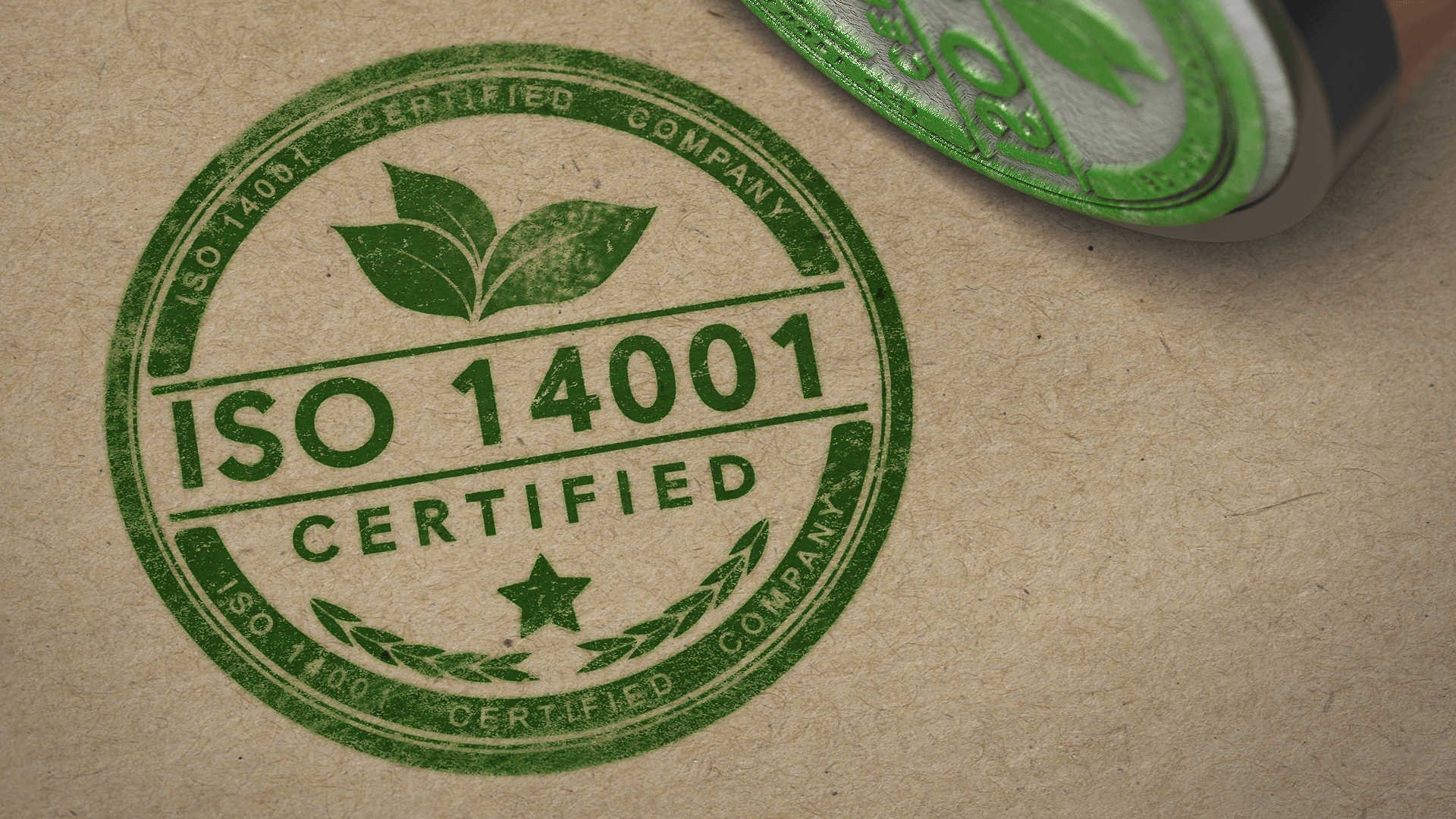Last year, we were thrilled to announce that we had been awarded certification for ISO 14001:2015, the international standard for designing and implementing an Environmental Management System (EMS). This achievement was especially important to us, as sustainability has always been at the heart of our business strategy and fully supports our goal to be a net-zero carbon business in line with Government targets.
At first, the process of gaining ISO 14001 can appear to be a daunting task; the design and implementation of an EMS requires extensive documentation, careful decision making and a considerable time allocation. Fortunately, we had already made a number of key decisions to limit our environmental impact and our prior experience working towards ISO 9001 accreditation for Quality Management had prepared us for the types of processes involved. Nonetheless, the guidance and recommendations provided by the ISO-approved assessor were invaluable.
Creating an Aspect and Impact Register is a crucial part of the ISO 14001:2015 process, identifying environmental impacts and efficiencies created by business activities. By listing all the activities included within the scope of our EMS, we were able to evaluate the significance of each one and consider which we should prioritise and how we might tackle them.
One of our biggest early decisions was to switch energy providers, moving to 100% renewable provision with Corona Energy. Another area we quickly looked at was our office waste streaming. Whilst our main waste collection was already streamed, we decided to be more ambitious with the waste directly inside our studio as well. We have introduced battery and pen recycling and are donating coffee grounds to local allotments. Alongside this, we’re recycling our printer toner and looking to make paper resources go further by reusing as much as we can internally.
Architectural Assistant, Adam Caffrey, who has been instrumental in pushing the practice towards the achievement of ISO 14001 certification, said: “Our sustainability team meet regularly to share ideas and we have lots of things planned for the coming year. It’s been a great start so far and we’ve already implemented some quick wins – but some of these ‘quick wins’ can actually make a big difference. For instance, the change of bins in the studio, which now separates waste, makes you more aware about what can and can’t be recycled.”
Lydia Coupe, HR and Office Administrator, added: “We’ve approached changes in the office in the best possible way, by making small changes that have a regular impact on improving our environment. For example, we have replaced the existing toilets with dual-flushing systems to reduce our water usage. We also found a free resource to recycle batteries which has proved to be super useful, not only in the office but with colleagues bringing in batteries from home, especially so after the Christmas break. Batteries are often incorrectly thrown into the general waste, which can prove to be dangerous causing fires. It’s a real no brainer, and helps on all levels.”
In the meantime, we have been assessing our current direct and indirect emissions in accordance with Streamlined Energy and Carbon Reporting (SECR) requirements to better understand our overall carbon footprint. This not only has benefits for the environment, but can help futureproof us as a business, potentially allowing us to create efficiencies and reduce costs, prepare for future regulations and better meet the procurement demands of clients, who will increasingly require transparent emissions data.
Not only do we now better understand our overall carbon footprint (including an average total per staff member), but in assessing the emissions from different business activities, we can set reduction targets across different areas of our business for the coming financial year. In particular, we want to see a reduction in our electricity and gas usage, as well as water consumption, and evaluate sustainable options for business travel.
We are also committed to strengthening environmental considerations in our design processes, improving staff knowledge with continuing professional development. Last year, for example, members of the team took part in a series of lectures at the University of Lincoln to learn about the latest research into BREEAM and Passivhaus, as well as the whole-life impact of a building.
Director, Tom McNamara, said: “Whilst looking to reduce our carbon footprint is a key objective for us, the influence we can have on our environment as designers is fundamental to our core values. We found the process of working towards ISO 14001 accreditation very enlightening and it made us think hard around challenging further our environmental standards.”
